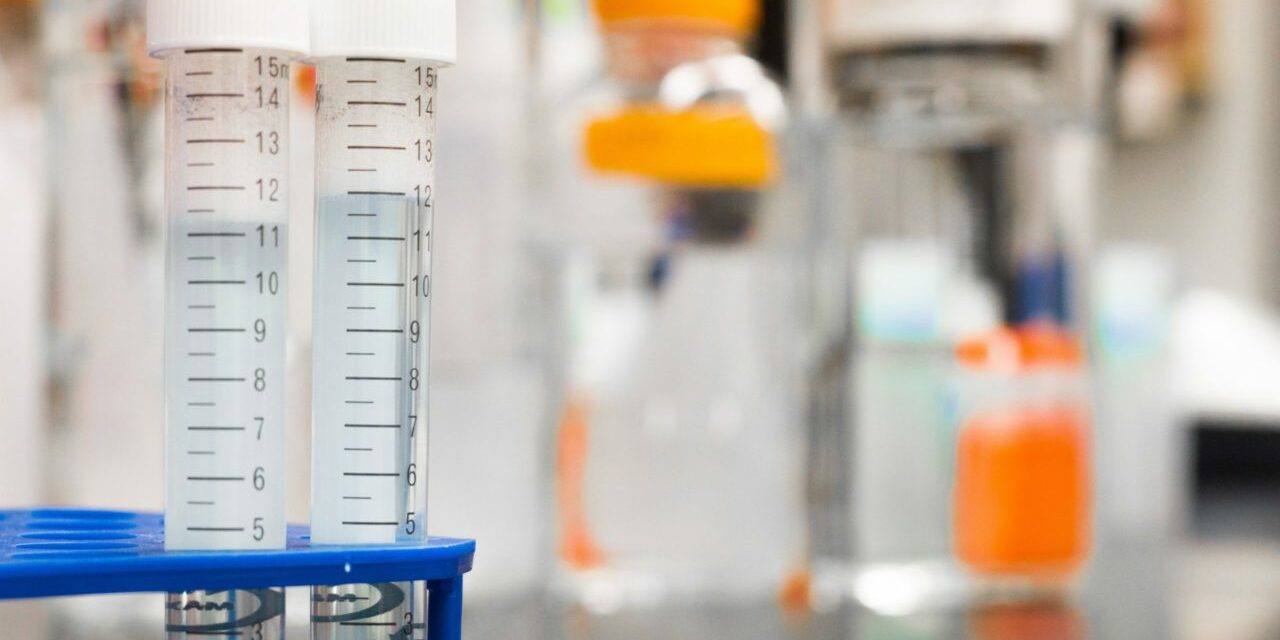Dedicated to Finding a Cure

POSTED
October 15, 2020
SHARE VIA
Patient Worthy has recently begun a partnership with the Glanzmann’s Research Foundation, a nonprofit patient organization dedicated to spreading awareness about Glanzmann’s thrombasthenia and finding a cure. We spoke with Vice President Peter Zdziarski about his involvement with the organization and how the foundation got to be where it is today. Peter is a patient and was one of the first patients ever diagnosed in the state of Massachusetts.
About Glanzmann’s Thrombasthenia
Glanzmann’s thrombasthenia (GT) is a rare condition that affects the platelets. It impacts the ability of the blood to a coagulate. The disorder causes a deficiency of glycoprotein IIb/IIIa, which is essential to allow platelets to bridge together. It is superficially similar to hemophilia in its tendency to cause prolonged bleeds. The disease is either inherited or can be acquired via an autoimmune mechanism. Symptoms include getting bruised easily, heavy menstrual bleeds, prolonged bleeding following operations or pregnancy, bleeding from the gums, nosebleeds, and gastrointestinal bleeding. Bleeding in the joints is less common than in hemophilia. The severity of these symptoms can vary widely. A variety of treatments can be used for Glanzmann’s thrombasthenia, such as certain topical agents (polyethylene glycol, gelfoam), avoidance of NSAIDs (which reduce coagulation), desmopressin, platelet transfusions, hormonal contraceptives (to control menstrual bleeds), antifibrinolytics such as tranexamic acid, and recombinant factor VIIa. Stem cell transplant may be used in the most severe cases. To learn more about Glanzmann’s thrombasthenia, click here.
Peter’s Story
As a patient, Peter’s involvement with the organization began at a young age when he attended one of its first events.
“Helen Smith, the founder of the Glanzmann’s Research Foundation, put on an event. I was in middle school then, and I met other people with GT for the first time. It was an eye-opener to say the least. From there, I just kept going to the events.”
The foundation was first established in 2001. Peter took on more responsibility in recent years and was first asked to help manage the foundation’s Facebook support group. When Helen passed away, the organization underwent some changes, and Peter was asked to begin his current role as VP.
When Peter was a child, his mother noticed that he was bruising very severely and easily, and he was fortunate to get diagnosed fairly quickly compared to some other patients.
“There are two types of the disease, and one is more severe than the other. Some people with mild cases aren’t diagnosed until much later in life.”
The foundation has recently completed a process of reorganization, with plans for a number of in-person meetups and events. Then the COVID-19 pandemic struck.
“A lot of us really just want to see one another again. It’s really powerful to be in a room of 100 people who know exactly what you’re going through.”
Dr. David Wilcox has been working on a cure for Glanzmann’s thrombasthenia, and Peter says that he has been making good progress:
“He’s found something that appears to cure the disease in dogs, mice, and cells from human patients. His current goal is testing this stem cell gene therapy in phase 1 trials.”